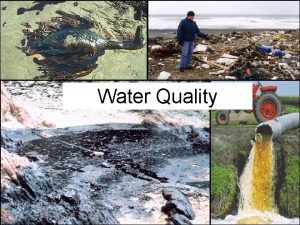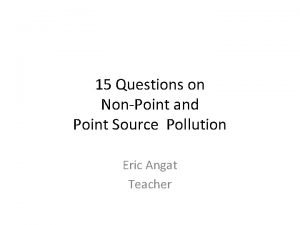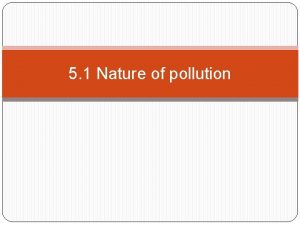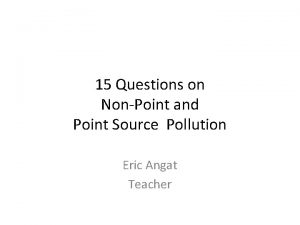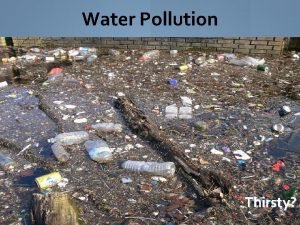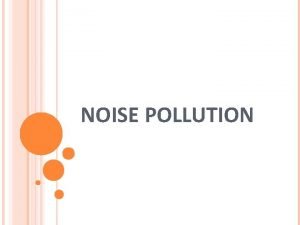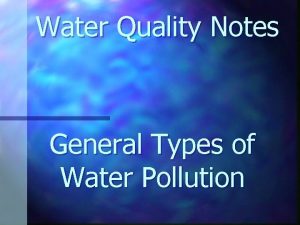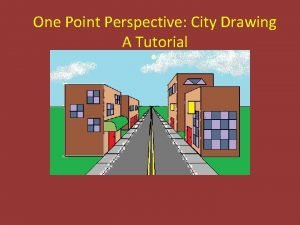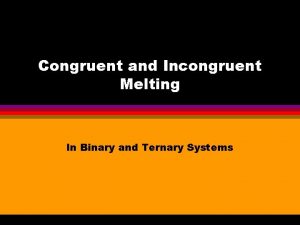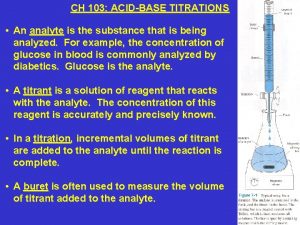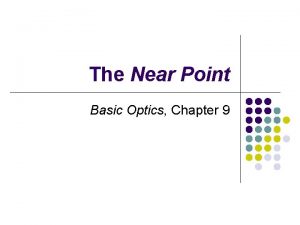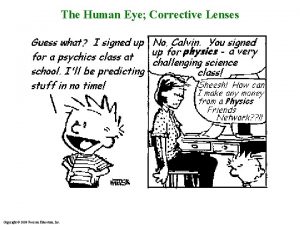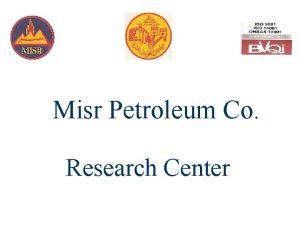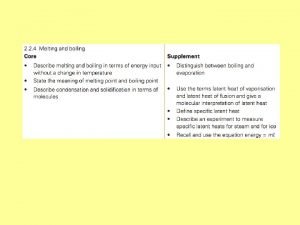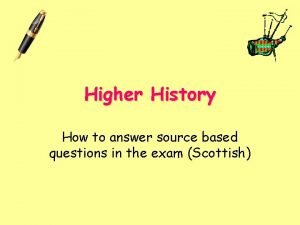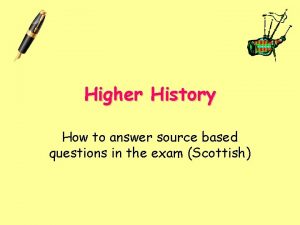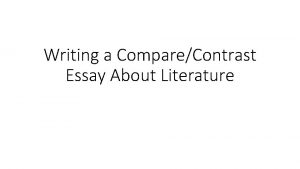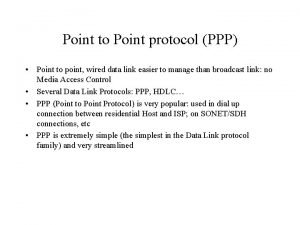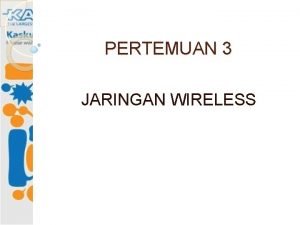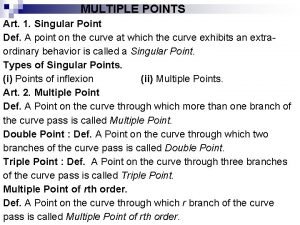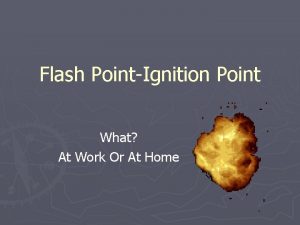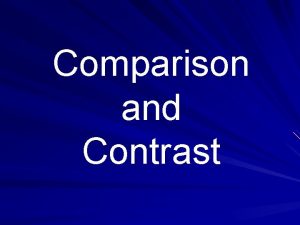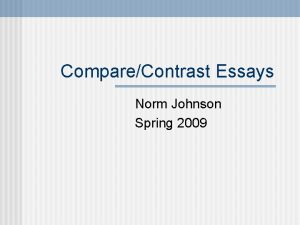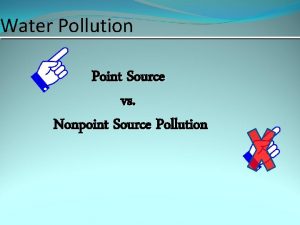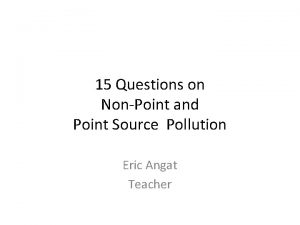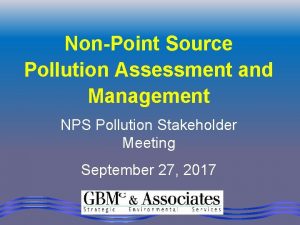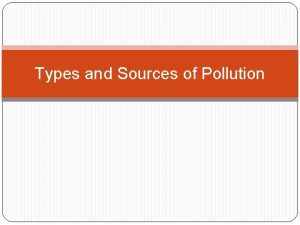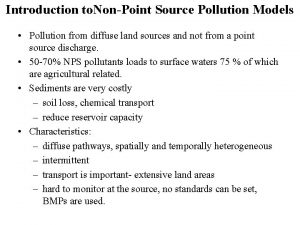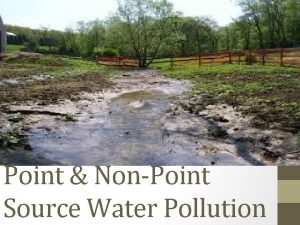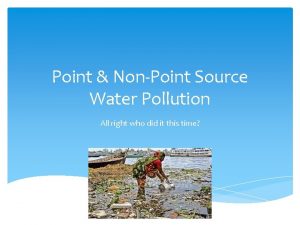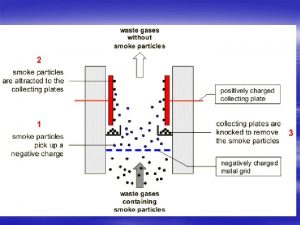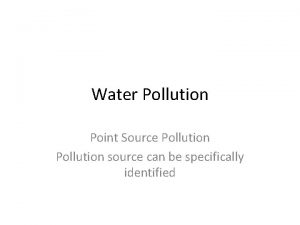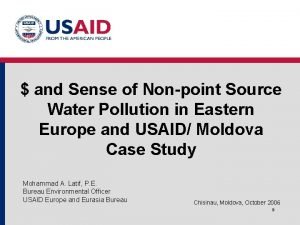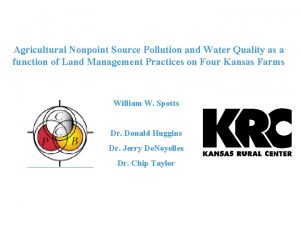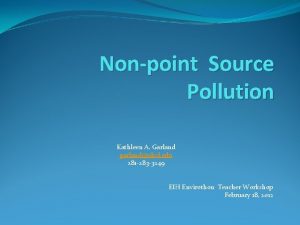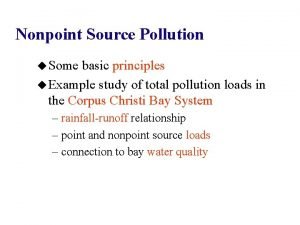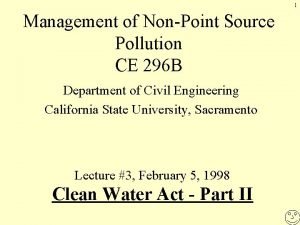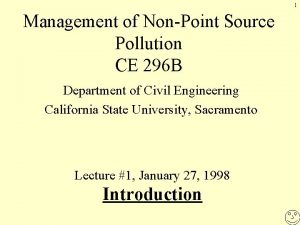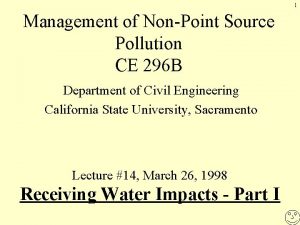15 Questions on NonPoint and Point Source Pollution









































- Slides: 41

15 Questions on Non-Point and Point Source Pollution Eric Angat Teacher



Alternative Energy creates less Pollution compared to fossil fuel. Fossil Fuel

Shearon Harris Nuclear Plant Nuclear Power Plant 5421 Shearon Harris Rd · (919) 363 -0560 Website Directions Mc. Guire Nuclear Station Nuclear Power Plant 12700 Hagers Ferry Rd · (800) 777 -0003 Website Directions Brunswick Nuclear Plant Nuclear Power Plant 8520 River Road Southeast · (910) 457 -2900 Website Directions Nuclear power plants in North Carolina are also alternative sources of energy.

The two-unit, 1, 870 -megawatt Brunswick Nuclear Plant is located approximately two miles north of Southport, N. C. , and houses two boiling water nuclear reactors. This was the first nuclear power plant built in North Carolina, beginning operation in 1975. An additional unit became operational in 1977, and 244 megawatts of electrical generation was added to the plant's output from 2002 to 2005 as part of an extended power uprate program that upgraded much of the plant's equipment. Nuclear power plants in North Carolina

The Mc. Guire Nuclear Station is a nuclear power plant located about 17 miles (27 km) northwest of Charlotte, North Carolina, on the state's largest lake, Lake Norman. Nuclear power plants in North Carolina

The single-unit, 900 megawatt Harris Nuclear Plant is located near New Hill, N. C. It is about 25 miles southwest of Raleigh, N. C. The plant began commercial operation in 1987, and generates enough electricity to power more than 550, 000 homes. Nuclear power plants in North Carolina

What is Pollution? Pollution is the introduction of a contaminant into the environment. It is created mostly by human actions, but can also be a result of natural disasters. Pollution has a damaging effect on any living organism in an environment.

Two types of Pollution Sources 1. Non-point source pollution – pollution from wide variety of sources. 2. Point source pollution -pollution from a specific or identifiable source.

1. Non point source pollution Examples: motor oil, antifreeze, cosmetics, salts added on roads during winter, excess fertilizer. Anything that is picked up

2. Point source pollution – Examples: factories and power plants You know exactly where the pollution is coming from.

Point Source Pollution coming from a known source.

You know that the oil spill came from the tanker. This is Point Source Pollution.

You do not really know who threw these plastics and other trash or where they came from. They were brought to the lake or to the ocean by runoff This Non-Point Source Pollution. .

You do not really know whose car leaked oil. Oil from car parks are washed by runoff and brought to the lakes. This is Non. Point Source Pollution.

Non-point source pollution Litter, motor oil leak, CO 2, plastics, chemicals All these pollution mixed together and transported by runoff to rivers, lakes, and Excess fertilizaer Animal waste

Nonpoint Source Pollution 1. What is the biggest source of water pollution? 2. What is non-point source pollution? 3. How does nonpoint source pollution get in our water? 4. Where does nonpoint source pollution come from? 5. What are the common causes of nonpoint source pollution?

Nonpoint Source Pollution https: //www. youtube. com/watch? v=phm. N-Ip. R 3 xw

Nonpoint Source Pollution 1. What is the biggest source of water pollution? Backyards, parking lots and farms. 2. What is non-point source pollution? Pollution from wide source. 3. How does nonpoint source pollution get in our water? Runoff brings pollutants to rivers and streams 4. Where does nonpoint source pollution come from? From all of us. That is why we need to reuse, reduce, and recycle. 5. What are the common causes of nonpoint source pollution? Over applying fertilizer, dripping oil, allowing erosion, leaving pet waste.

6. What is an acidic lake? Pollution can turn a lake into an Acidic lake. A healthy lake has a p. H of 6. 5 - 7. When the p. H of the lake become lower than 6. 5 then a lake is acidic. If the acidity is below 4. 5 then all plants and fish will die.


7. What is Eutrophication? https: //www. youtube. com/watch? v=6 LAT 1 g. LMPu 4

Eutrophication The process by which a body of water acquires a high concentration of nutrients, especially phosphates and nitrates. That promote excessive growth of algae. As the algae die and decompose, oxygen hungry bacteria turn the body of water anoxic or no oxygen. This causes the fish to die.

Point Source Pollution is from an identifiable source.

Garbage Patch in the Middle of the Ocean 8. How does the garbage end up in the middle of the oceans? 9. How are marine organisms affected by plastics? 10. How are we affected by plastics?

Garbage Patch in the Ocean https: //www. youtube. com/watch? v=St. NZ 3 XUBDYw

Garbage Patch in the Middle of the Ocean 8. How do the garbage end up in the middle of the oceans? Runoff brings plastics to rivers and rivers bring this to the oceans. 9. How are marine organisms affected by plastics? Marine organisms eat the plastics. 10. How are we affected by plastics? We eat marine organisms and the plastics in their muscles and tissues. This is biological magnification!

Biological Magnification 5 ppm Phytoplankton Zooplankton Heron 0. 025 ppm 0. 125 ppm X 5 X 8 Mackerel 1 ppm X 10 Tuna 10 ppm X 2 20 ppm

11. What is an ocean gyre? A gyre is any large system of rotating ocean currents.

An ocean gyre is any large system of rotating ocean currents, particularly those involved with large wind movements. Gyres are caused by the Coriolis Effect

Gray whale dies bringing us a message — with stomach full of plastic trash. http: //www. realnews 24. com/gray-whale-dies-bringing-us-a-message-with-stomach-full-of-plastic-trash/? utm_medium=fbshare. me-facebook -post&utm_campaign=&utm_source=facebook. com&awesm=fbshare. me_s 743&utm_content=fbshare-js-large

12. Where does your litter go? https: //www. youtube. com/watch? v=Nh 6 lkv 1 udb 0

Litter consists of waste products that have been disposed improperly, without consent, at an inappropriate location.

fridge CFC from these sources are examples of nonpoint source pollution. Aerosols Air conditioners

13. Which can lead to the depletion of the ozone layer of Earth? A. coal-fired power plants B. vehicle exhaust C. burning compost D. aerosols

Water vapor Uranium-fuel of nuclear power plant Radiation danger Carbon dioxide is a greenhouse gas Coal-fuel of coal plant

Carbon dioxide is an example of nonpoint source pollution. Or suffer the consequences.

14. Since 1901, global surface temperatures have risen at an average rate of 0. 13°F every ten years. In which way could the average increase in global temperatures influence Earth? A. by decreasing erosion within coastal ecosystems B. by decreasing periods of drought in all water systems C. by increasing the amount of flooding because of rising sea levels D. by increasing the formation of sea ice within polar regions

Which causes pollution? Hydroelectric in Dam Nuclear Power Reforestation

15. Which is a major source of air pollution created by humans? A. hydroelectric plants B. industrial factories C. reforestation D. nuclear power
 Point source pollution examples
Point source pollution examples Point source pollution
Point source pollution Introduction on water pollution
Introduction on water pollution Point source pollution
Point source pollution Gyre
Gyre Major sources of water pollution
Major sources of water pollution Source of thermal pollution
Source of thermal pollution Sound pollution
Sound pollution Advantages and disadvantages of hub and spoke model
Advantages and disadvantages of hub and spoke model Nasa space shuttle
Nasa space shuttle Point source youth
Point source youth Point-by-point organization
Point-by-point organization Bubble point temperature equation
Bubble point temperature equation Point of difference and point of parity
Point of difference and point of parity One point perspective drawing
One point perspective drawing Incongruent melting phase diagram
Incongruent melting phase diagram End point and equivalence point
End point and equivalence point Formal similarity aba examples
Formal similarity aba examples Far point near point
Far point near point Far point and near point
Far point and near point Astm d 95
Astm d 95 Solid to liquid
Solid to liquid Higher history evaluate the usefulness
Higher history evaluate the usefulness Source-based questions
Source-based questions Source-based questions
Source-based questions Higher history source questions
Higher history source questions Point by point block method
Point by point block method Point-by-point essay examples
Point-by-point essay examples Compare and contrast conclusion example
Compare and contrast conclusion example Point to point protocol
Point to point protocol Point, proof analysis example
Point, proof analysis example Topologi access point
Topologi access point How to draw stairs in 2 point perspective
How to draw stairs in 2 point perspective A double point is called cusp of tangents at this point are
A double point is called cusp of tangents at this point are The path of moving point.
The path of moving point. Flash point vs boiling point
Flash point vs boiling point Point by point block method
Point by point block method Point by point block method
Point by point block method Compare and contrast examples
Compare and contrast examples Fixed point representation vs floating point
Fixed point representation vs floating point Topologjia hibride
Topologjia hibride Steve walks from point p to point q
Steve walks from point p to point q
